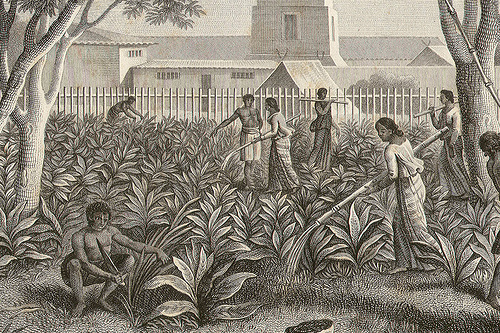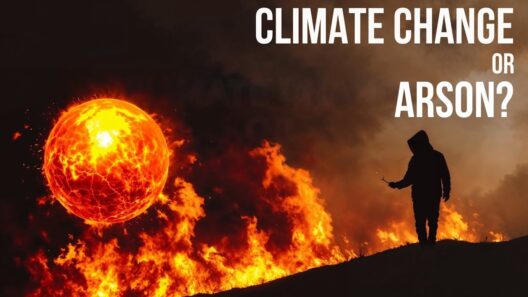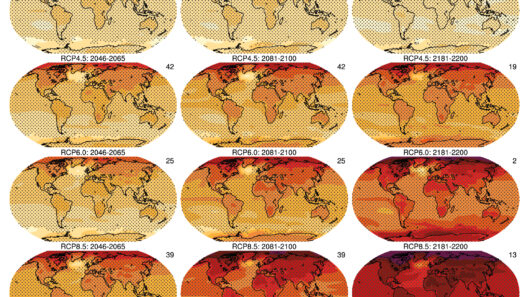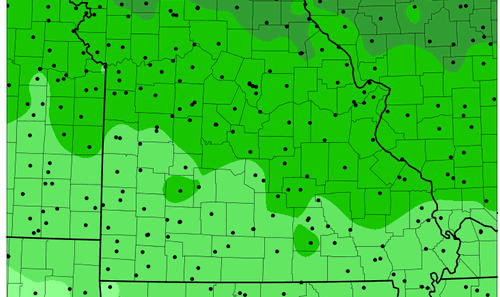In the heart of the American landscape, the southern colonies of the 17th and 18th centuries basked in a climate that can aptly be likened to a warm embrace. This verdant cradle of agriculture and settlement, encompassing areas such as Virginia, Maryland, the Carolinas, and Georgia, was distinguished by a distinctive blend of warmth and precipitation that created a unique environmental tapestry. The climate here was not merely a backdrop; it was an architect of the daily lives and economic structures that emerged, shaping both flora and fauna along with the human endeavors that sought to harness its bounty.
The southern colonies experienced a humid subtropical climate, characterized by a perennial tension between the heat of summer and the cooling effects of humidity. Temperatures often soared, particularly in July and August, where they could reach upward of 90 degrees Fahrenheit. This relentless warmth was accompanied by high humidity levels, a cocktail that often produced a languid atmosphere, wherein the very air felt saturated with moisture. In such an environment, the sun’s golden rays would hover over the lush landscapes, dense forests, and expansive fields, imbuing life with an overwhelming vigor.
Seasons in the southern colonies bore their own distinct signatures. The myriad hues of spring and autumn showcased nature’s palette, while summer reigned supreme with its relentless warmth. Yet, even in this reign, summer was not purely a despot; it brought with it the monsoon-like rains that were both a blessing and a curse. Just as the mighty river replenishes the thirsty land, these rains fertilized the soil that provided sustenance, yet they sometimes overflowed their banks, wreaking havoc on the settlements struggling to maintain equilibrium.
As autumn approached, a gentle metamorphosis unfolded across the landscape. The oppressive heat gradually waned, yielding to more temperate climes. Crisp mornings replaced sultry nights, highlighting the beauty of transition as the foliage began to display its resplendent colors. Winter, though brief and often mild, introduced a refreshing chill that brought relief. While frost and snow were rare, particularly in lower latitudes, cold snaps could occur, reminding inhabitants that they were not wholly removed from the whims of nature.
Now, let us delve deeper into the precipitation patterns of the southern colonies. Rainfall was plentiful, ranging from 40 to 60 inches annually, varying by locale. Some areas experienced it as gentle drizzles nourishing the earth, while others endured torrential downpours. This precipitation was not merely an interruption of sunny days; it was the lifeblood of agriculture. Farmers painstakingly cultivated tobacco, rice, and indigo, all of which thrived in this moist, warm sanctuary.
The wetlands and estuaries of the southern colonies are further emblematic of the region’s climatic intricacies. Marshes, swamps, and deltas bloom with a diverse array of wildlife, serving as vital ecosystems that link terrestrial and aquatic environments. The Great Dismal Swamp, for example, serves as both a refuge for various species as well as a critical resource for local agriculture and hydrology. These wetlands, shrouded in a veil of humidity, act as a filter, purifying water while providing habitats for magnificent creatures like alligators, herons, and a host of other unique fauna.
However, with this bountiful environment came significant vulnerabilities. The humidity that envelops the southern colonies exerts powerful forces upon its inhabitants, shaping not only daily life but also social dynamics. The relentless heat can strain resources, fostering challenges in the realms of health, agriculture, and infrastructure. The specter of hurricanes looming on the horizon during the Atlantic hurricane season exemplifies one of the most daunting climate-related threats. Periodically, these gales would unleash their ferocity upon coastal settlements, testing the resilience and adaptability of the colonists who called this land home.
Yet, amid such challenges, the southern colonies burgeoned, propelled by a climate that demanded ingenuity from its settlers. The unique environmental conditions fostered an extraordinary variety of crops, leading to the emergence of a largely agrarian society. The agricultural economy flourished, with the cultivation of cotton, sugar, and tobacco creating a robust trade network. This interdependence on the land cemented a bond not merely of dependence but of understanding, as settlers learned to navigate the whims of their environment and develop sustainable practices that would allow them to thrive.
Such a climatic milieu nurtured not just the crops but also a sense of identity among the inhabitants. The culture of the southern colonies was intrinsically woven into the fabric of its climate—literally and metaphorically. The rhythms of life flowed in harmony with the seasons. Social gatherings, festivals, and gatherings all bore the imprint of climatic influences, demonstrating how deeply intertwined cultural practices are with environmental conditions.
In summation, the climate of the southern colonies is emblematic of a dynamic interplay between warmth and rain, creating a distinct ecosystem that shaped the lives of its inhabitants. The humid subtropical climate, with its seasonal variations, provides both bounty and challenge. It encapsulates a world where nature and humanity coalesce in a continuous dance, forging connections that resonate through history. The allure of the southern colonies lies not solely in their historical legacies, but also in the enduring lessons of adaptability and resilience that their climate imparts.








